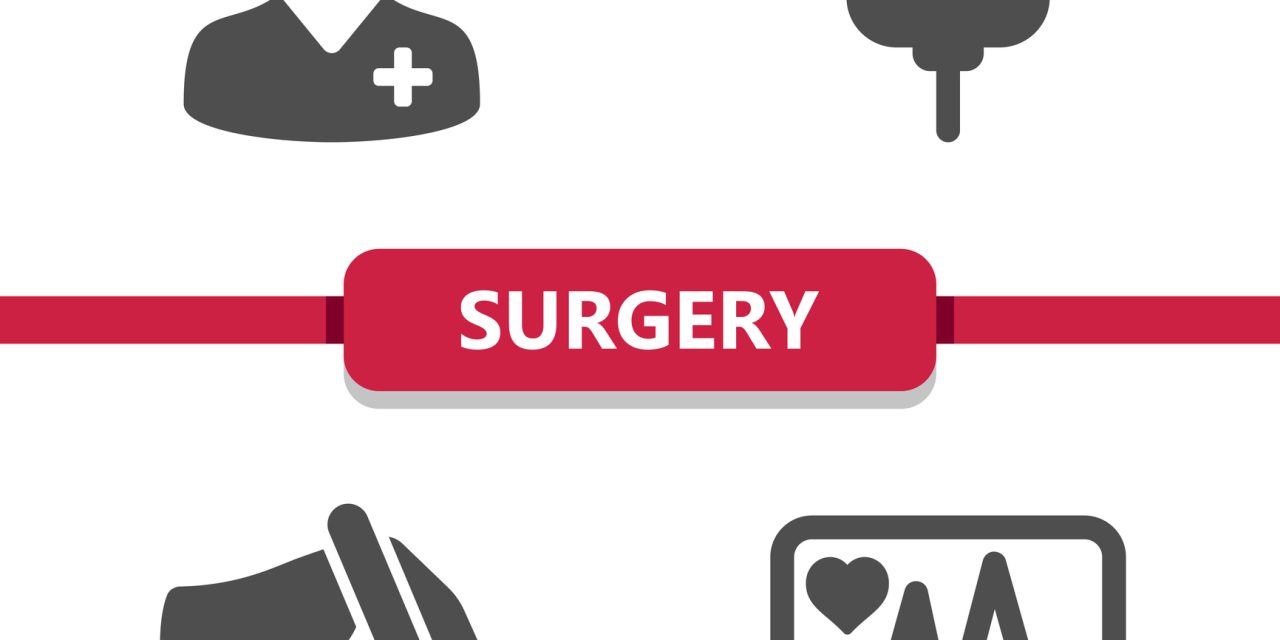Following removal of an oligodendroglioma, a right-handed woman with speech aphasia developed language SMA syndrome. Functional MRI (fMRI) data revealed a full transfer of blood oxygen level–dependent (BOLD) activation to the contralateral right language region 12 days following surgery. The authors present the first account of dynamic changes in task-based hemisphere linguistic BOLD fMRI activations linked with the onset and subsequent complete resolution of clinical disease across preoperative, immediate postoperative, and more distant postoperative settings.SMA syndrome is characterised by contralateral hemiparesis and/or hemiplegia in the language-dominant hemisphere, as well as varying degrees of speech difficulties. Following surgery, recovery usually takes a few weeks to months.
The mechanism behind language recovery in SMA condition has yet to be discovered. The example of a young woman with SMA-related speech aphasia after resection is presented.
In the development and recovery of a pure language SMA disease, When language paradigms are used, task-based functional MRI (fMRI) has been proven to be able to locate the pre-SMA. this case study presents fresh pre- and postoperative fMRI data. To further understand the mechanism of recovery from a linguistic SMA syndrome using task-based fMRI and to identify improved predictors of recovery, a bigger sample size and prospective studies are required. More research into resting-state functional connectivity is needed.
Reference Link – https://thejns.org/view/journals/j-neurosurg/134/6/article-p1738.xml?body=fullText


